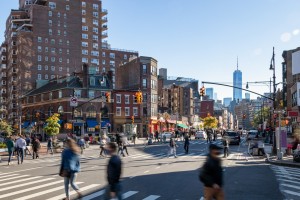
The typical new car today costs almost $49,000 – near a record high. Used cars are also flirting with all-time highs. That’s because car prices skyrocketed during the pandemic and have hardly fallen since, making car ownership one of the biggest financial burdens Americans face.
A recent survey found that nearly half of Americans say car costs are standing in the way of financial stability. But in most U.S. cities, owning a car is practically a requirement. This creates a divide between those who own a car and those who don’t (often a racial one), impacting socioeconomic opportunity, health outcomes, and more.
That’s why it matters to be able to get around without a car – and in some cities, it’s possible. In this article, Redfin real estate highlights the top 10 U.S. cities where you don’t need a car, ranked by their “Car-Free Score.”
These cities offer robust public transportation, walkable neighborhood cores, and solid bike infrastructure. Learn more about how scores were calculated in the methodology.
>> Learn more about the most walkable, bikeable, and transit-friendly cities
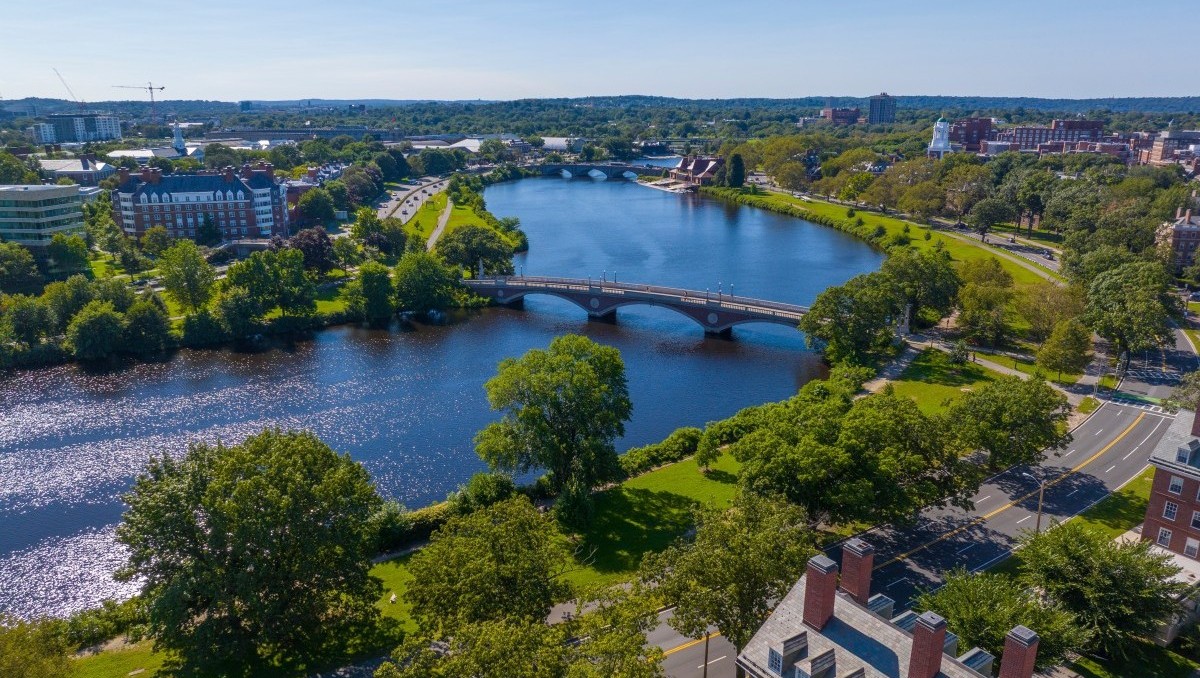
1. Cambridge, MA
Car-Free Score: 84.6 | Walk Score: 90 | Bike Score: 96 | Transit Score: 70
Home to Harvard University, MIT, and a dense mix of historic neighborhoods, Cambridge is the best city in the U.S. for car-free living. It excels in all three categories: Walkability, bikeability, and transit-friendliness.
- Walking: Most of Cambridge is built on a human scale. Neighborhoods like Harvard Square and Central Square pack groceries, cafes, parks, and pharmacies within a few blocks – perfect for daily errands on foot.
- Biking: Cambridge is a national leader in bike infrastructure. The city has protected lanes on major corridors like Massachusetts Ave and Broadway, dozens of Bluebikes stations, and seamless links to regional trails like the Minuteman Bikeway and the Charles River path.
- Public transportation: Since it’s just across the Charles River from Downtown Boston, Cambridge is deeply connected to Greater Boston by the MBTA. The Red Line subway anchors the transit network, with stops in Harvard, Porter, Central, and Kendall. Bus routes fill in the gaps.
Cambridge homes for sale | Cambridge houses for rent | Cambridge apartments for rent
2. New York, NY
Car-Free Score: 81.5 | Walk Score: 88 | Bike Score: 69 | Transit Score: 89
New York City is one of the easiest places in the U.S. to live without a car. In fact, less than half of residents even own one, thanks to dense neighborhoods, reliable transit, and a street network built for walking.
- Walking: NYC is one of the most walkable cities in the world. Manhattan neighborhoods like the West Village, SoHo, and the Upper West Side are packed with shops, services, and parks within a 5-10 minute walk. The outer portions of the city are a bit harder to navigate on foot.
- Biking: Biking has surged in popularity thanks to Citi Bike, protected bike lanes, and greenways like the Hudson River Greenway and the Brooklyn Waterfront Greenway. The city is rapidly expanding its bike network with a focus on safety and connectivity.
- Public transportation: New York is America’s leader in public transportation. The subway network alone has 672 stations – nearly as many as the combined total of all other subway systems in the country. Buses, ferries, and trains fill in the gaps.
New York homes for sale | New York houses for rent | New York apartments for rent
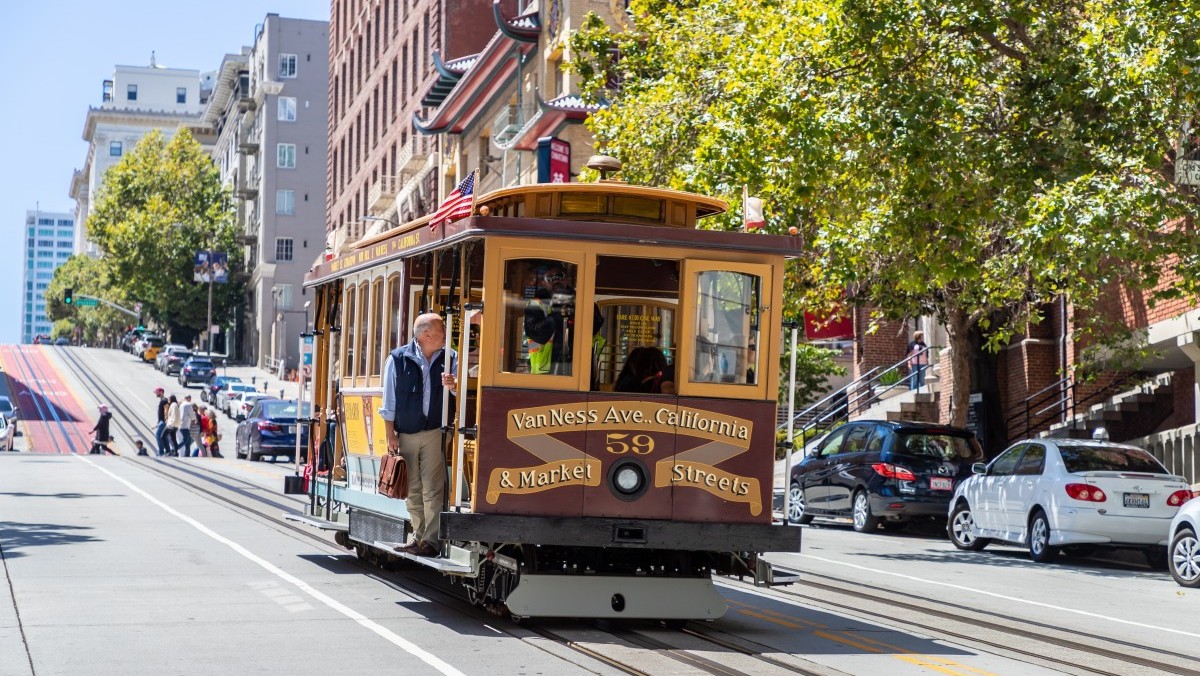
3. San Francisco, CA
Car-Free Score: 79.1 | Walk Score: 89 | Bike Score: 72 | Transit Score: 77
San Francisco isn’t just about tech companies and bay views – it’s also one of the best cities in the country to live without a car. Its small layout, strong public transit system, and growing network of bike lanes make it simple to go vehicle-free.
- Walking: Despite its famously steep streets, San Francisco is amazingly walkable. Neighborhoods like North Beach, the Mission, and Hayes Valley are especially pedestrian-friendly, with shops, restaurants, houses, and transit stops in accessible clusters.
- Biking: San Francisco’s bike network has grown rapidly in recent years. Protected lanes on corridors like Valencia Street and JFK Promenade, along with the flat “Wiggle” route, make biking an increasingly viable option. Bay Wheels bike-share adds convenience for quick trips.
- Public transportation: An extensive mix of Muni buses, streetcars, and light rail serve 158 million trips annually, while BART connects San Francisco to the wider Bay Area.
San Francisco homes for sale | San Francisco houses for rent | San Francisco apartments for rent
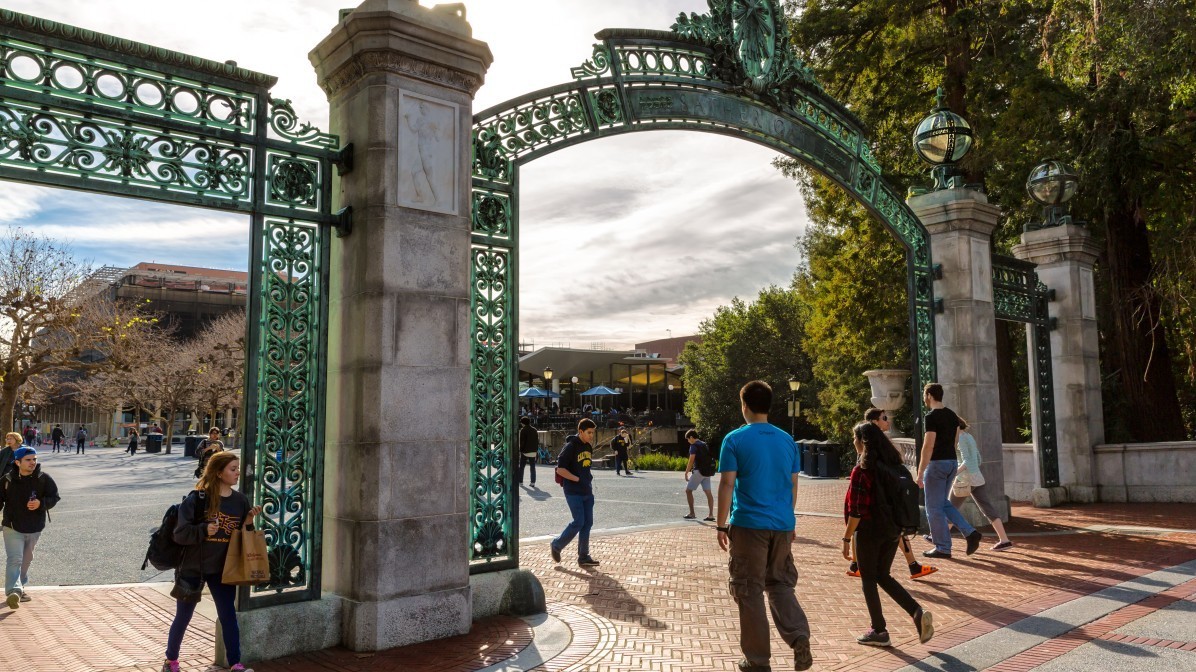
4. Berkeley, CA
Car-Free Score: 75.1 | Walk Score: 85 | Bike Score: 83 | Transit Score: 60
Berkeley is a leader in pedestrian-first urban planning. Pair that with a small footprint, mild weather, and amenities like UC Berkeley, and Berkeley becomes one of the best cities for car-free living.
- Walking: Downtown Berkeley, Elmwood, and North Berkeley are designed around pedestrians. Restaurants, markets, bookshops, and pharmacies are usually just a few blocks from homes and employment. Elsewhere, flat terrain and traffic-calmed streets make walking generally safe and pleasant.
- Biking: Berkeley pioneered bike boulevards – low-traffic streets prioritized for cyclists – and continues to expand its protected bike lanes along key corridors like Bancroft Way and Milvia Street. The Ohlone Greenway and Bay Trail connect Berkeley to neighboring cities for longer commutes.
- Public transportation: Three BART stations (Downtown, North Berkeley, and Ashby) provide fast, frequent access to Oakland, San Francisco, and the rest of the Bay Area. AC Transit buses fill in local routes, including direct lines to Emeryville, Richmond, and UC Berkeley’s campus.
Berkeley homes for sale | Berkeley houses for rent | Berkeley apartments for rent
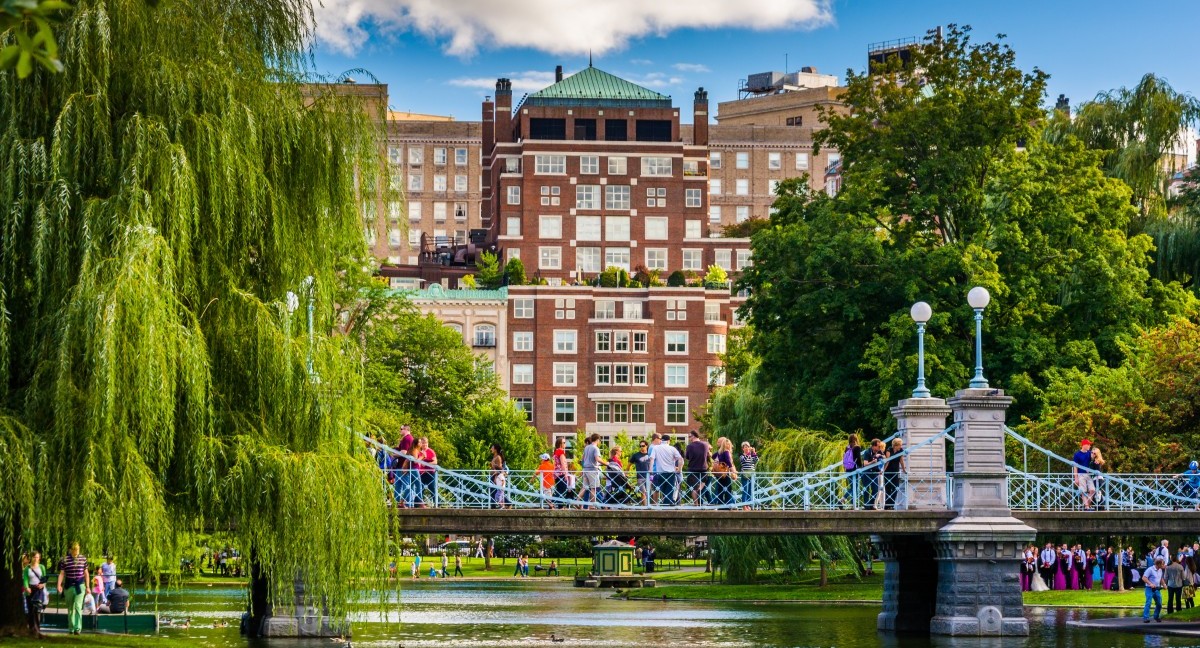
5. Boston, MA
Car-Free Score: 74.7 | Walk Score: 83 | Bike Score: 69 | Transit Score: 72
Boston’s dense neighborhoods, cobblestone streets, and legacy infrastructure make it ideal for getting around sans-vehicles. As one of the most compact major cities in the U.S., many Boston residents can live their whole lives without ever needing a car. The larger metropolitan area is far more car-dependent, though.
- Walking: Neighborhoods like the North End, Back Bay, and South End are filled with amenities stitched together by a tightly packed street grid. Most locals can complete daily errands entirely on foot – in fact, every resident lives within a 10 minute walk from a park.
- Biking: Boston’s bike network is booming, with protected lanes on routes like Massachusetts Ave and Washington Street. The city’s Bluebikes bike-share program has over 4,000 bikes across hundreds of stations.
- Public transportation: The MBTA (the “T”) serves the entire region with four rail lines and a robust network of buses and commuter trains. The T is the fourth-most popular subway system in the nation.
Boston homes for sale | Boston houses for rent | Boston apartments for rent
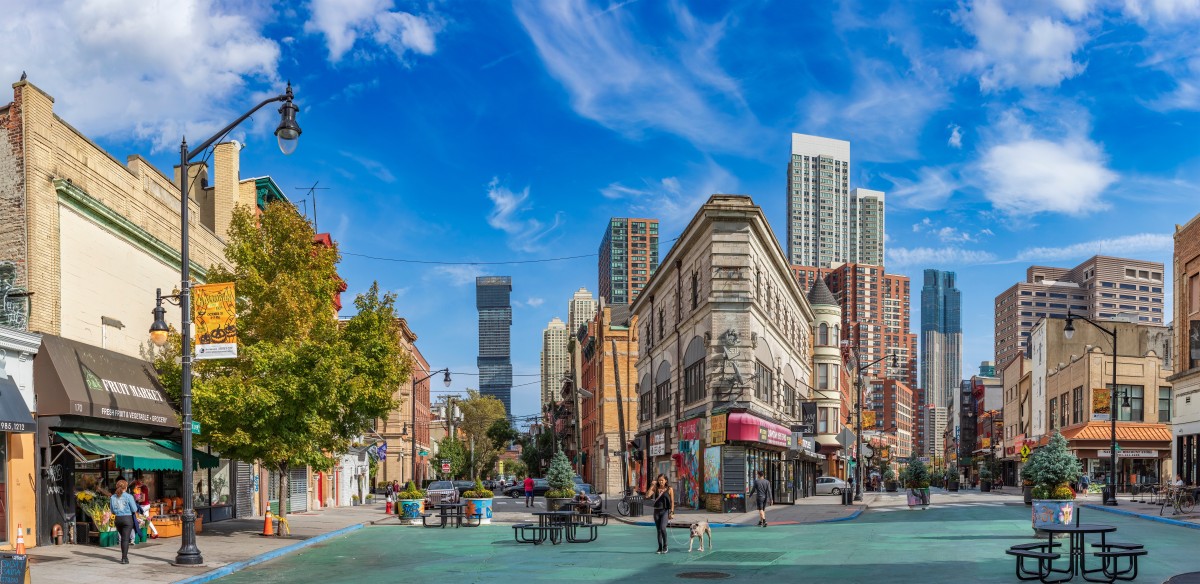
6. Jersey City, NJ
Car-Free Score: 73.1 | Walk Score: 87 | Bike Score: 64 | Transit Score: 71
Jersey City offers convenience without Manhattan crowds. It’s walkable, dense, and incredibly well-connected by rail, ferry, and bus.
- Walking: Downtown, the Waterfront, and Journal Square are the most walkable neighborhoods in the city. However, most areas are full of restaurants, pharmacies, and grocery stores within walking distance of housing and transit.
- Biking: Jersey City’s Bike infrastructure continues to grow, with popular routes along Grand Street and Montgomery Street. The Citi Bike program, shared with NYC, makes it easy to ride between Jersey City and Hoboken.
- Public transportation: PATH trains are the go-to option for commuters, with service to Manhattan and Newark 24 hours a day. NJ Transit serves the rest of the city and state, boasting the longest commuter rail network in the nation.
Jersey City homes for sale | Jersey City houses for rent | Jersey City apartments for rent
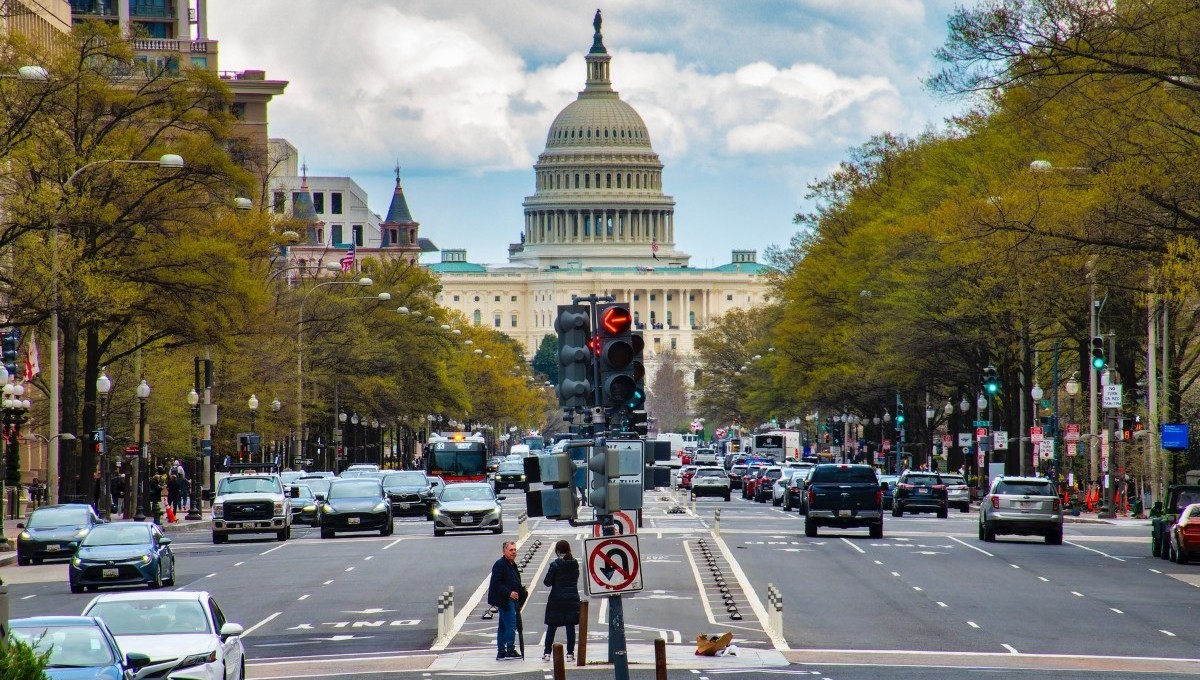
7. Washington, D.C.
Car-Free Score: 71.5 | Walk Score: 77 | Bike Score: 70 | Transit Score: 69
The nation’s capital is also among the most people-friendly cities in the country. Along with top-tier landmarks and plenty of transit, Washington, D.C. demonstrates a commitment to improve through public input and action.
- Walking: With dense neighborhoods, short blocks, and a mix of housing and retail, D.C. makes it easy to get around on foot. One report recognized it as the most walkable city in the country. Areas like Dupont Circle and Capitol Hill are the best for pedestrians.
- Biking: D.C. continues to build out its protected bike lanes, connecting more neighborhoods each year. The city is currently working to create a long-term infrastructure plan. framework. There are also thousands of Capital Bikeshare bikes available across the greater DMV.
- Public transportation: D.C.’s Metro system connects most major neighborhoods and extends into Maryland and Virginia. Frequent trains and a dense bus network make it easy to get around without relying on a car.
Washington, D.C. homes for sale | Washington, D.C. houses for rent | Washington, D.C. apartments for rent

8. Chicago, IL
Car-Free Score: 71.3 | Walk Score: 77 | Bike Score: 72 | Transit Score: 65
Chicago blends a grid-based layout with strong transit and bike infrastructure, making it one of the most pedestrian-friendly cities in the country.
- Walking: Chicago’s downtown core is the most walkable by far, in neighborhoods like the Loop, Logan Square, and Hyde Park. In the often-cold winter, the underground and aboveground Pedway is the best way to get around downtown. Summertime brings regular street festivals that encourage walking.
- Biking: Cycling is a major part of city life in Chicago. The city has over 300 miles of bike lanes – many protected – including high-traffic commuter routes like Milwaukee Avenue and the 18-mile Lakefront Trail.
- Public transportation: The CTA’s “L” system reaches nearly every neighborhood in town, with 24-hour train service on select lines and an extensive web of buses and commuter trains that reach suburbs like Naperville and Wheaton.
Chicago homes for sale | Chicago houses for rent | Chicago apartments for rent
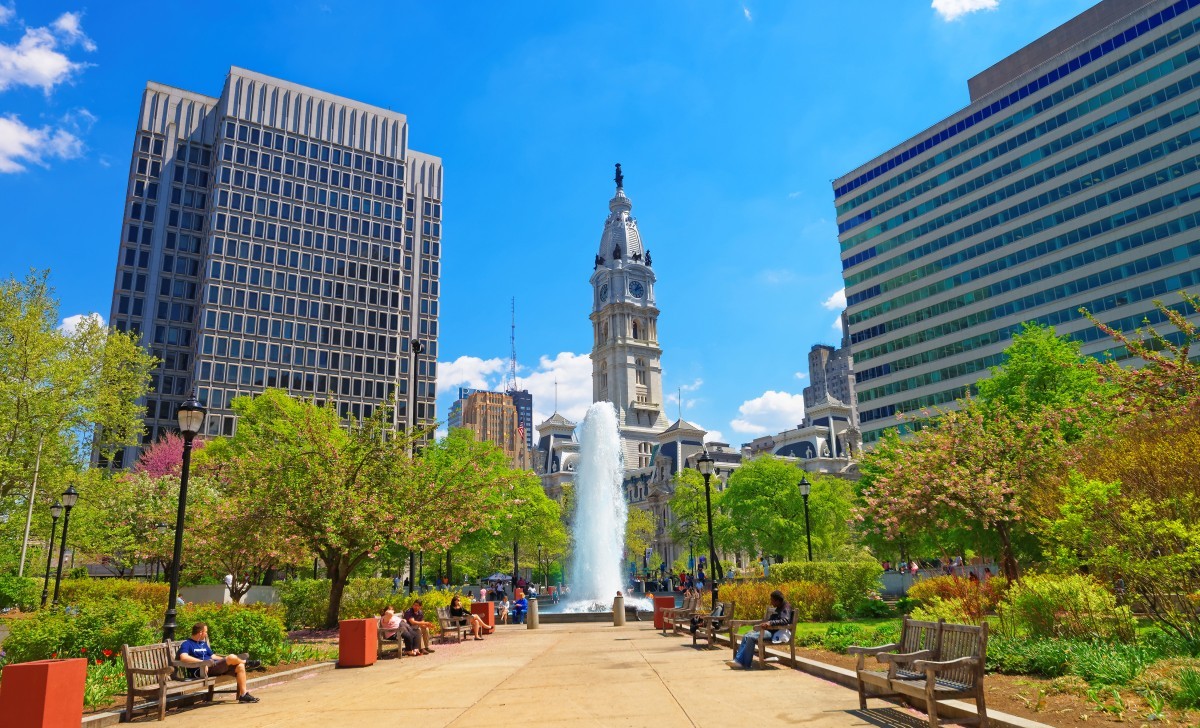
9. Philadelphia, PA
Car-Free Score: 69.4 | Walk Score: 75 | Bike Score: 67 | Transit Score: 67
Philadelphia is becoming increasingly known for its top-tier walkability. Walking from the Schuylkill River to Penn’s landing is an enjoyable breeze that brings you through some of the region’s most famous landmarks. The city isn’t done stretching its car-free legs yet, either, with decades of improvements lined up.
- Walking: Center City is Philly’s bread and butter, where you’ll find most essentials within a short stroll. Narrow streets, short blocks, and easy access to transit and bike lanes make walking a seamless part of daily life. Queen Village and Fishtown are other top spots.
- Biking: Philadelphia has plans to create a High-Quality Bike Network by 2040, and currently creates miles of new paths every year. For those who don’t own a bicycle, Indego offers bike-sharing.
- Public transportation: SEPTA’s combination of subways, trolleys, buses, and commuter rail gives residents access to almost every corner of the city. The Broad Street and Market-Frankford lines run frequently and form the backbone of Philly’s transit network.
Philadelphia homes for sale | Philadelphia houses for rent | Philadelphia apartments for rent
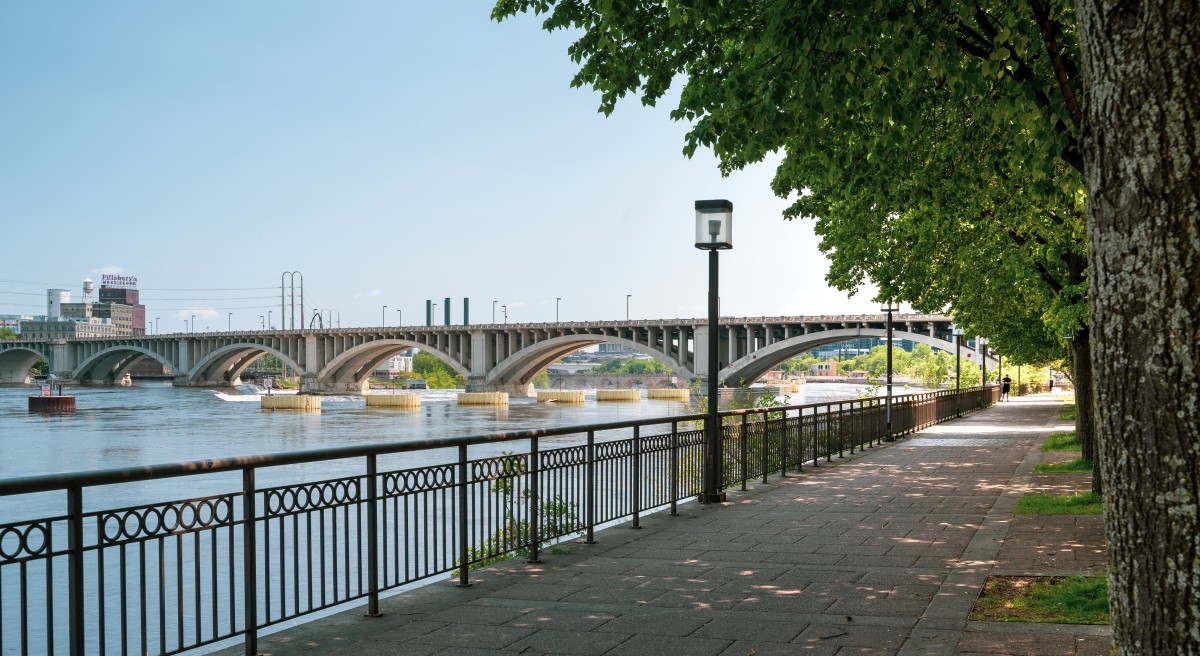
10. Minneapolis, MN
Car-Free Score: 69.0 | Walk Score: 71.4 | Bike Score: 84 | Transit Score: 55
Thanks in part to Move Minneapolis, Minneapolis has become a leader in active transportation. It has the highest Bike Score of any major U.S. city and is committed to walkability and climate-friendly infrastructure.
- Walking: The crown jewel of Minneapolis’ walkability is its skyway system. These climate-controlled, interconnected walkways give pedestrians access to 80+ blocks of car-free indoor walkways – perfect for cold winters.
- Biking: Minneapolis is the most bikeable major city in the U.S., thanks to its flat terrain and exceptional trail network. The Midtown Greenway and Cedar Lake Trail form a biking backbone through the city, supported by a strong local bike culture and statewide support. The Nice Ride app provides ridesharing.
- Public transportation: While a smaller transit system, the METRO light rail lines link downtown to the airport and suburbs. Bus routes like the A and D lines provide faster service on key corridors and out to the Twin City’s suburbs.
Minneapolis homes for sale | Minneapolis houses for rent | Minneapolis apartments for rent
The benefits of going car-free
Ditching the car can provide numerous benefits to yourself and your community. Here are a few highlights.
- Financial savings and economic growth: Eliminating car ownership can save the average American over $15,000 annually on fuel, insurance, parking, and taxes. Walking, biking, or taking transit also encourages spending and boosts economies.
- Improved health and happiness: Regular movement from walking or cycling improves physical fitness, reduces stress, and can lead to a longer life. Cities that invest in pedestrian infrastructure and public transportation report healthier and happier residents, fewer traffic fatalities, and better air quality.
- Environmental benefits and convenience: Personal transportation is the largest source of greenhouse gases in the U.S., so reducing dependence on it can significantly reduce carbon emissions. Public transit, in particular, can reduce your carbon footprint by two-thirds per kilometer – all while saving time during peak periods.
Where do we go from here?
Cities have historically grown around people. That’s why pre-industrial cities like New York, Boston, and Philadelphia contain dozens of bite-sized city centers, often with a grocery store and other amenities easily accessible on foot.
Today, following a century of car-centric urban planning, this idea is resurfacing as the “15-minute city.” The term was popularized in Paris as a model for building neighborhoods where everything you need is just a 15-minute walk, bike, or transit ride away. Experts believe this strategy benefits everyone in the long term and will help reduce humanity’s carbon footprint. Cities from Portland, OR, to Cedar Rapids, IA have plans to implement this concept.
The overwhelming majority of Americans have never experienced this lifestyle. In Atlanta, for example, just 10% of trips occur in a 15-minute radius. But when presented the option, people naturally gravitate toward convenient, car-free trips.
There will always be situations where driving is easier or faster, and in most U.S. cities, car ownership is necessary. But as more cities prioritize human-sized design, these tradeoffs could eventually fade.
Methodology
We ranked the cities where people are least likely to need a car by calculating a “Car-Free Score” for all U.S. cities with a population of 100,000 or greater. We calculated this score by taking the geometric mean of each city’s Walk Score, Bike Score, and Transit Score via Walkscore.com, a Redfin company. Each score is on a scale from 0-100. We opted for the geometric mean in order to better account for outliers in the data.
The post The Top 10 Cities Where You Can Live Car-Free appeared first on Redfin | Real Estate Tips for Home Buying, Selling & More.